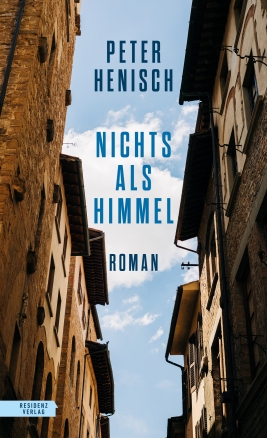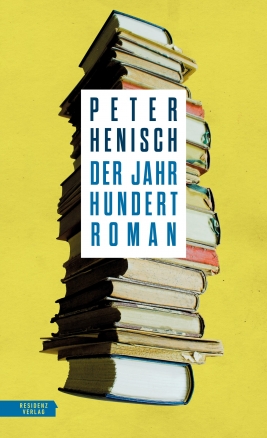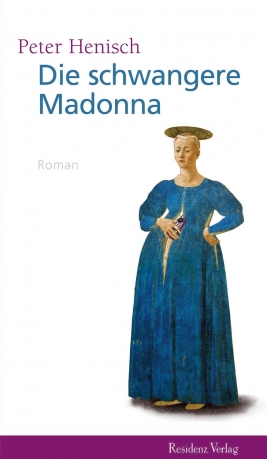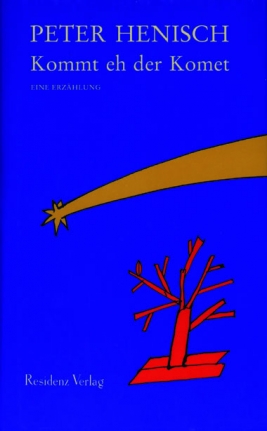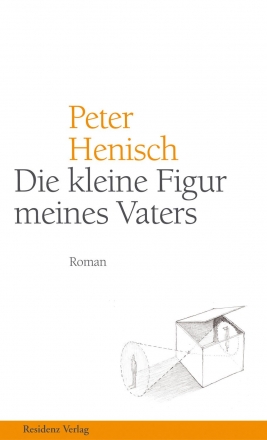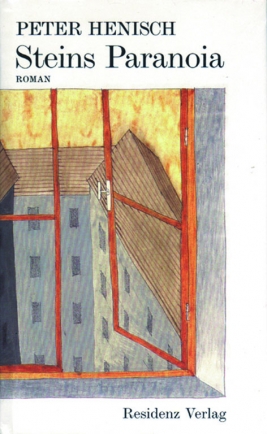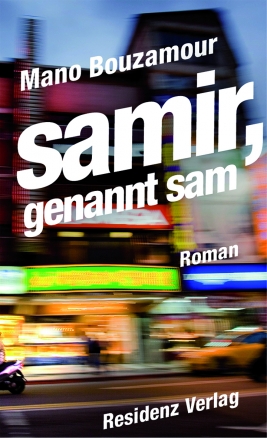
Peter Henisch - Black Peter
Das Songbook zum \"Schwarzen Peter\"
Peter Henisch’s novel follows the title’s hero over the course of half a century on his search for his father and happiness. It’s the story of the son of an Austrian tram conductress and a black American serviceman, born 1946 in Vienna. At this time, and indeed up to the 1970s, there were hardly any coloured people in Vienna and they were not regarded as a threat. By the 1990s, when Peter Jarosch briefly and unsuccessfully returns there after a spell in New Orleans, the issue of “foreigners” has become one of the most politically explosive in Austria. Peter’s colour, however, is not the essence of what makes him different. The real point is that he simply feels different. This is brought home to him in childhood when, cast as one of the Three Kings in the Nativity play, he, for obvious reasons, is the only one who does not have to make up. Henisch gives us in fact a substantial character study in which the fortunes of the hero-narrator subtly but sweepingly follow those of post-war Austria itself. A plus, moreover, for the Anglo-Saxon reader is the device of moving part of the action to the USA, to which Peter emigrates and where, one is led to surmise, he ends as an alcoholic bar pianist.
Book details
with CD64 pages
format:140 x 220
ISBN: 9783701712465
Release date: 01.01.2001
License rights
- World rights available






